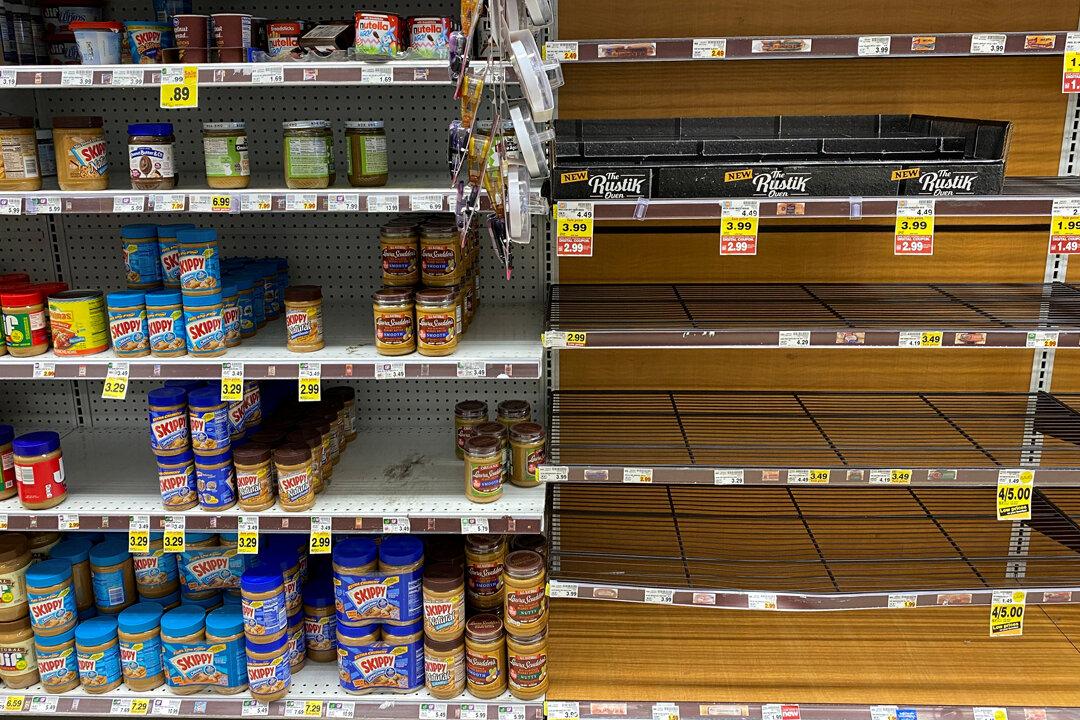Coast-to-coast shutdowns of businesses and stay-at-home orders from the effort to contain the pandemic caused by the CCP (Chinese Communist Party) virus, commonly known as novel coronavirus, took their toll on U.S. consumer prices in March, sending them down by the most in five years.
The hit to overall consumer demand with more than 16 million people thrown out of work so far is likely to persist, suggesting prices will remain weak for some time to come.





